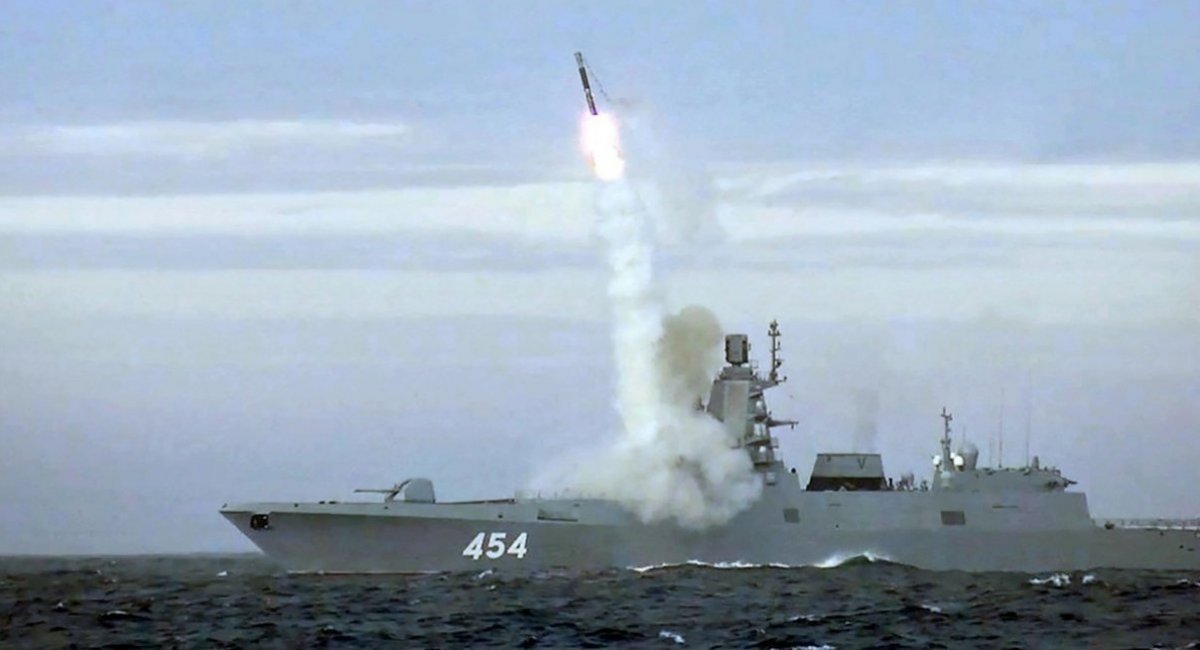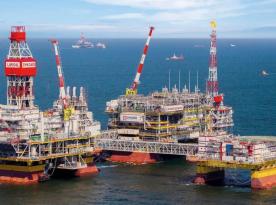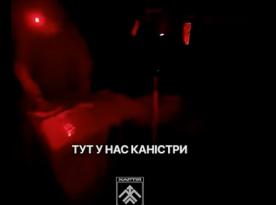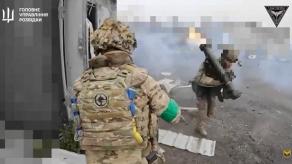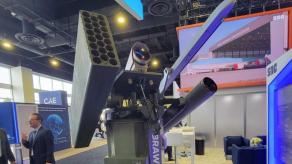When in 2019, russian leader Vladimir Putin officially announced the existence of the newest 3M22 Zircon hypersonic cruise missile, it immediately joined the laurels of other so-called "wunderwaffe" weapons, because it was declared to have exceptional specifications.
Allegedly, the speed is Mach 9, the range is up to 1,000 km, and the main purpose is to destroy ships of a "potential enemy," and ground targets as well. Kremlin's officials especially emphasized the hypersonic travel speed which should mean such missiles were physically impossible to intercept by any anti-missile system, neither any existing one nor the ones for years to come.
Read more: The ZM22 Zircon Missile: Hypersonic and Superior to the Kinzhal; Speeds and Engine Details Revealed

Just a few years later, the Ukrainian Defense Force proved them wrong. It all started on May 4, 2023, with the successful interception of the Kh-47 Kinzhal. Another Putin's wunderwaffe, the air-launched ballistic missile was hailed as hypersonic, although not as flawless as Zircon. The missile was supposed to wipe out Ukraine's most advanced air defense system supplied by Western allies, the Patriot. But it was quickly confirmed that the Kinzhal is hypersonic in name only as it can reach hypersonic speeds for brief moments until its solid-fuel rocket burns out.
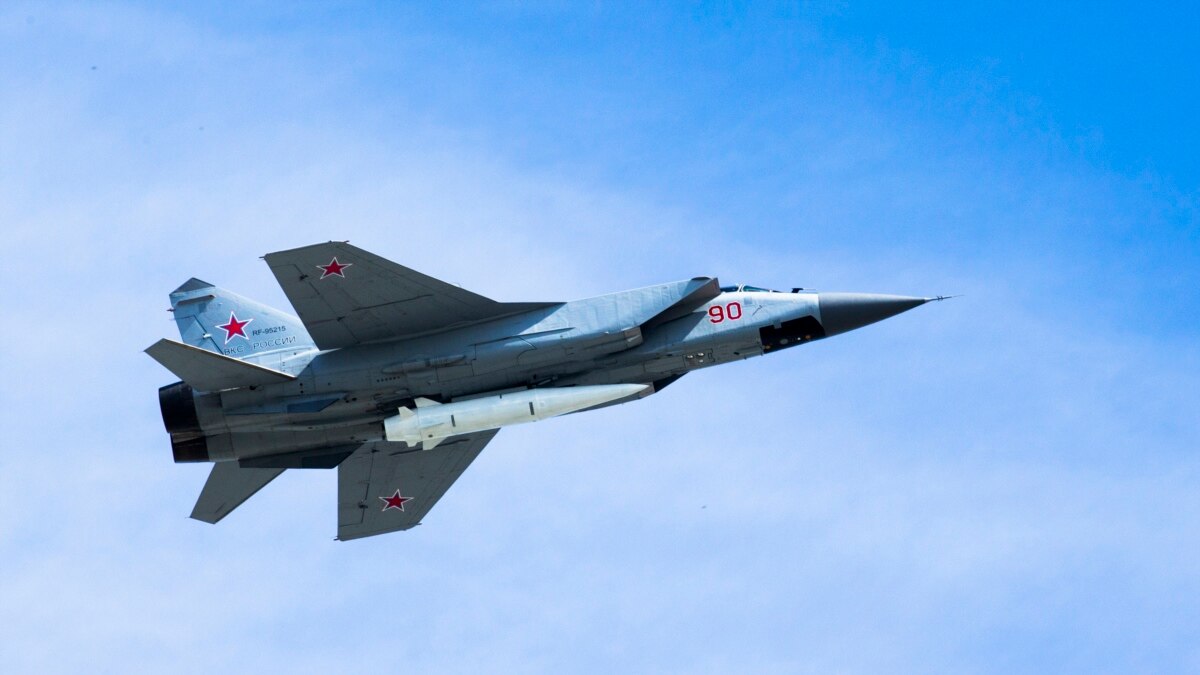
Soon, Kh-47 Kinzhal missiles began to fall like flies. Ukrainian air defenses casually take down up to 100% of them, seeing untriggered Kinzhal warheads being buried and disposed of by UXO teams became all too common. So the russians reluctantly recognized the problems. Notes were taken, the guilty were found. But the 3M22 Zircon has a real hypersonic engine, it would be a completely different story, wouldn't it?
Wrong. Two 3М22 Zircon at once were intercepted on March 25, 2024, during another attempt to strike Kyiv, and their remnants revealed an extremely important detail. Turns out, Zircon really has a supersonic combustion ramjet engine that provides a stable speed of Mach 5.5 during the midcourse of flight, proving in practice that it indeed can overcome the hypersonic speed barrier starting at Mach 5.
But, first of all, all of that happens while it's cruising through the atmosphere at high altitudes. When the descent begins and it enters the terminal phase of flight, Zircon slows down to a still extremely dangerous yet not hypersonic Mach 4.5.
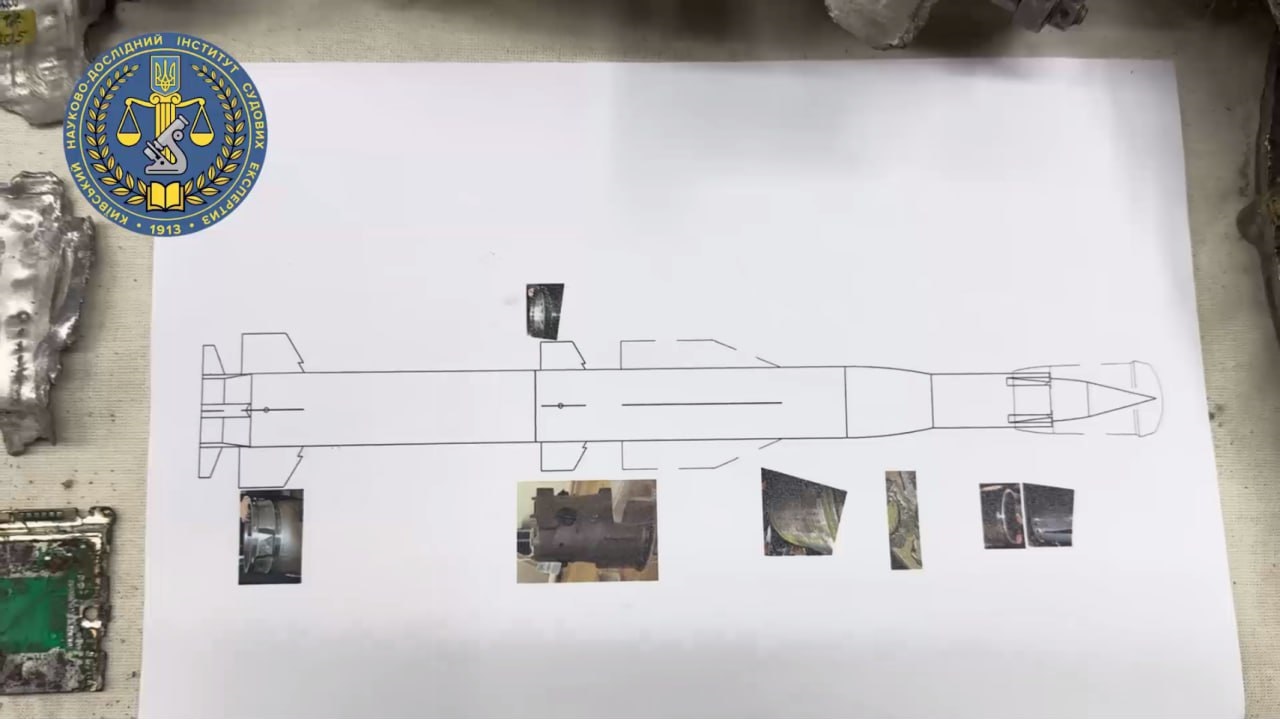
Secondly, what's even more important than overcoming speed barriers is that Zircon can be intercepted by anti-missile defense equipment available in Ukraine. Specifically, Patriot PAC-3 and/or SAMP/T. The former is the American and the latter is the European system, both tasked to prevent ballistic missile attacks on NATO, including nuclear strikes.

That is when we have to go back to the very beginning, because defeating those systems was the main objective sought by Moscow when investing billions of rubles and years into developing Zircon the Wunderwaffe. Objectively the most advanced of all missiles in russia's current arsenal, Zircon was supposed to strike down the NATO ships, first and foremost — aircraft carriers and guided-missile destroyers.

In order to do that, the missile had to break through their anti-missile defense, which in the absolute majority of cases is represented by two types of interceptor missiles. The first one is the Aster; it has recently proven capable of intercepting incoming ballistic missiles in real combat conditions when three Aster 15 took down all three ballistic missiles launched by Yemen's Houthis on March 21st, 2024.
Aster missiles are deployed by either SAMP/T land-based systems or ships like French and Italian Horizon-class and FREMM frigates, and British Type 45 destroyers.
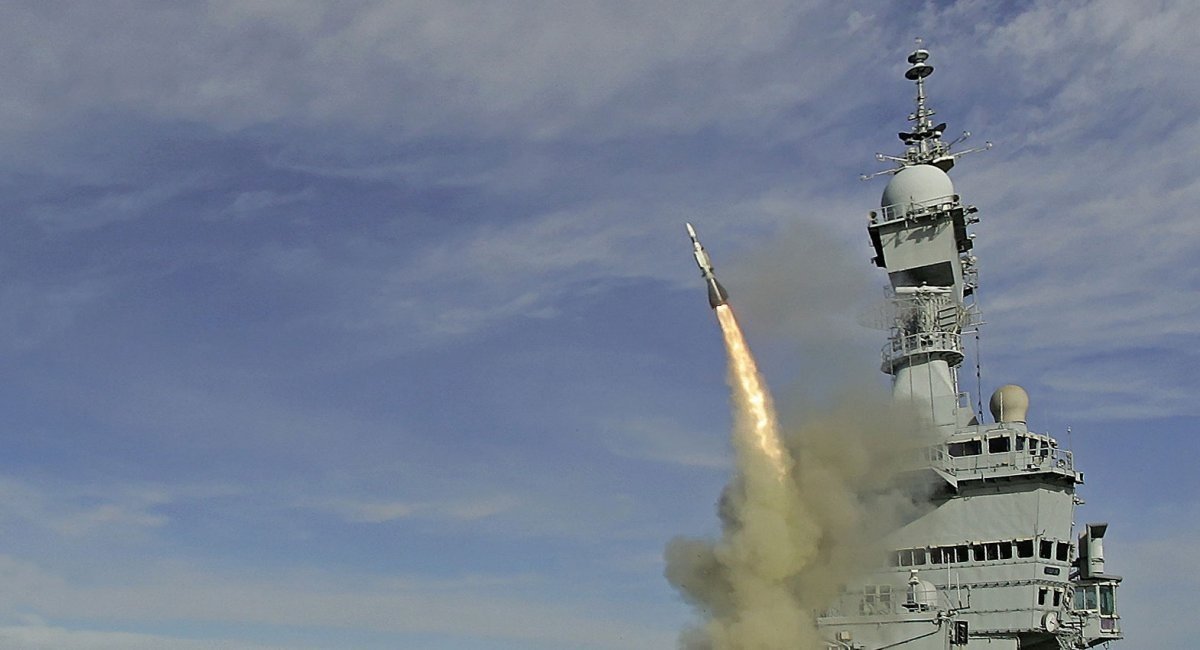
The Americans prefer RIM-174 Standard Missile 6, a.k.a. SM-6 carried by Arleigh Burke destroyers and Ticonderoga cruisers, as well as Japanese destroyers equipped with Aegis. The capabilities of the SM-6 are much broader than those of the Patriot system with its PAC-3 MSE interceptors, including increased range and the land attack option.
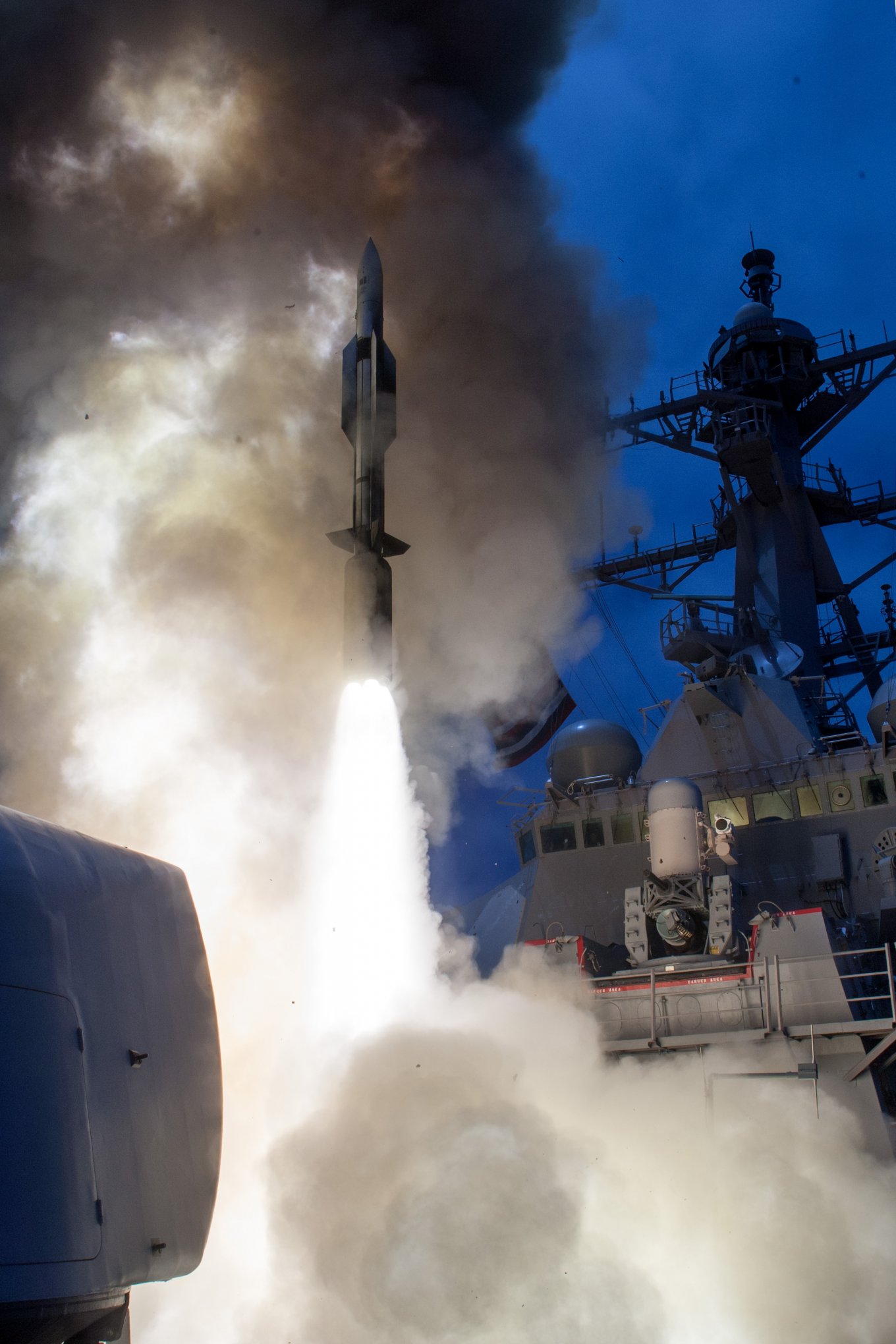
In retrospect, the russian federation spent huge amounts of money to create Zircon, which in turn required the entire development of a hypersonic ramjet engine, a complex and expensive process. But despite this effort being paid off in terms of desired speed parameters, the missile is still incapable of fulfilling the conceptual task of destroying ships equipped with existing anti-missile defense systems, let alone those upcoming in the future.
Moreover, the fact Zircons were successfully intercepted by either Patriot PAC-3 or SAMP/T systems in Ukraine means it's helpless in front of the equipment considered the lowest echelon of anti-missile defense in NATO countries, not to mention its chances of breaking through the more powerful THAAD anti-missile defense system.
This was the second article in our short series about Zircon. Earlier Defense Express covered the unexpected problem pertaining to the warhead of the 3M22 Zircon recovered from the missiles downed in Ukraine. As it turned out, its total weight does not exceed 150 kilograms which is comparable to smaller anti-ship weapons, a firepower that can take down a corvette at most but not an Arleigh Burke or even the smallest of aircraft carriers.
Read more: Zircon's Warhead Unveils the Biggest Scam by russian Defense Ministry Leading to Creation of a Useless Missile



